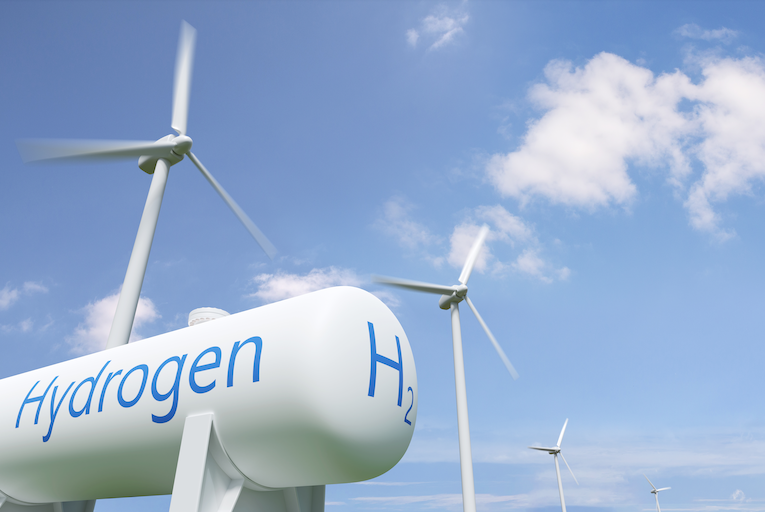The Namibian government has announced that it will choose the German consortium Hyphen Hydrogen Energy as the preferred bidder for its green hydrogen project in the Tsau Khaeb National Park.
The large-scale green hydrogen project is the most notable project in the government’s Southern Corridor Development Initiative (SCDI) in Kharas, the country’s southernmost region.
James Mnyupe, economic advisor to the president and hydrogen commissioner, noted that the region is particularly suitable due to its large solar and wind resources and proximity to the coast. Hyphen has described the park as one of the top five locations in the world for the production of low-cost hydrogen.
The agreement grants the company the right to operate the project for 40 years with operations set to begin in 2026 and plans to produce up to 300,000 tonnes of green hydrogen per year. With an eventual project size of $9.4bn, the country wants to establish itself as a major power in the production of green hydrogen.
Although the green hydrogen sector currently represents less than 1% of global hydrogen production, African countries including Egypt, Morocco and South Africa are all attracted to its potential in a world shifting towards renewable energies.
The World Platinum Investment Council estimates that the sector will be worth $2.5 trillion by 2050, supporting 30m jobs. Japan alone is planning to import up to 800,000 tonnes of the product annually from 2030.
At present, global hydrogen production is based on stripping hydrogen from fossil fuels such as methane, natural gas or coal. In contrast, green hydrogen energy is produced using electrolysis, a process that separates hydrogen molecules from desalinated water using wind turbines or solar energy.
This process converts electrical energy into chemical energy without carbon emissions. The hydrogen recovered makes it possible to obtain energy in two ways: through its direct combustion with oxygen or in the form of electricity via a fuel cell.
Green hydrogen may be used to decarbonise sectors which are hard to electrify, such as steel and cement production and has widespread possible applications in the transport sector, thus helping to limit climate change.
But with the technology requiring extensive new investments in infrastructure, Namibia and its partners have their work cut out to make the project a success.
Source: African Business

